The first step in planning for IPv4 addressing on your network is to determine which network class is appropriate for your network. After you have done this, you can take the crucial second step: obtain the network number from the InterNIC addressing authority.
Currently there are three classes of TCP/IP networks. Each class uses the 32-bit IPv4 address space differently, providing more or fewer bits for the network part of the address. These classes are class A, class B, and class C.
A class A network number uses the first eight bits of the IPv4 address as its "network part." The remaining 24 bits makeup the host part of the IPv4 address, as illustrated below.
The values assigned to the first byte of class A network numbers fall within the range 0-127. Consider the IPv4 address 75.4.10.4. The value 75 in the first byte indicates that the host is on a class A network. The remaining bytes, 4.10.4, establish the host address. The InterNIC assigns only the first byte of a class A number. Use of the remaining three bytes is left to the discretion of the owner of the network number. Only 127 class A networks can exist. Each one of these numbers can accommodate up to 16,777,214 hosts.
A class B network number uses 16 bits for the network number and 16 bits for host numbers. The first byte of a class B network number is in the range 128-191. In the number 129.144.50.56, the first two bytes, 129.144, are assigned by the InterNIC, and makeup the network address. The last two bytes, 50.56, make up the host address, and are assigned at the discretion of the owner of the network number. The following figure graphically illustrates a class B address.
Class B is typically assigned to organizations with many hosts on their networks.
Class C network numbers use 24 bits for the network number and 8 bits for host numbers. Class C network numbers are appropriate for networks with few hosts--the maximum being 254. A class C network number occupies the first three bytes of an IPv4 address. Only the fourth byte is assigned at the discretion of the network owners. The following figure graphically represents the bytes in a class C address.
The first byte of a class C network number covers the range 192-223. The second and third each cover the range 1- 255. A typical class C address might be 192.5.2.5. The first three bytes, 192.5.2, form the network number. The final byte in this example, 5, is the host number.
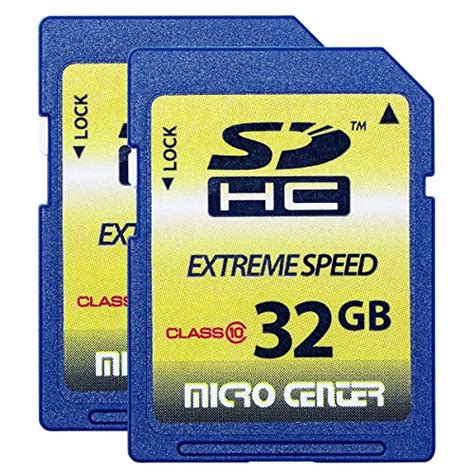 32gb Class 10 Sdhc Flash Memory Card Standard Full Size Sd Card Ush I U
32gb Class 10 Sdhc Flash Memory Card Standard Full Size Sd Card Ush I U
 Go Power F 200 Class T 200 Amp Slow Blow Fuse Silver
Go Power F 200 Class T 200 Amp Slow Blow Fuse Silver
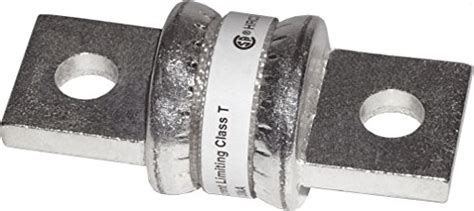 Blue Sea Systems 5116 Fuse A3tclass T 200a
Blue Sea Systems 5116 Fuse A3tclass T 200a
 Eureka Peanuts Classic Characters Deco Kit 840227
Eureka Peanuts Classic Characters Deco Kit 840227
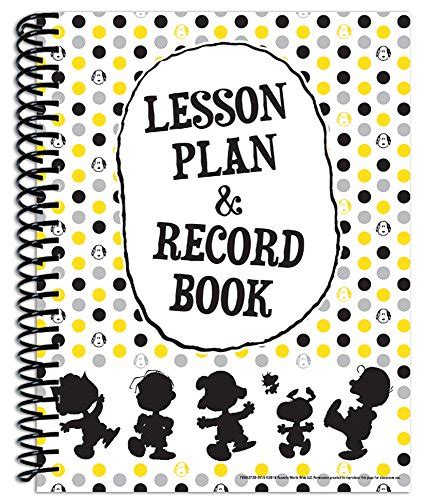 Eureka Peanuts Geometric Back To School Classroom Supplies Record And Less
Eureka Peanuts Geometric Back To School Classroom Supplies Record And Less
 Marathon Revised And Updated 5th Edition The Ultimate Training Guide Advice
Marathon Revised And Updated 5th Edition The Ultimate Training Guide Advice
 La Bella 413p Studio Classical Guitar Strings
La Bella 413p Studio Classical Guitar Strings
 12 Easy Classical Masterpieces For Solo Guitar Complete Classical Guitar Arran
12 Easy Classical Masterpieces For Solo Guitar Complete Classical Guitar Arran
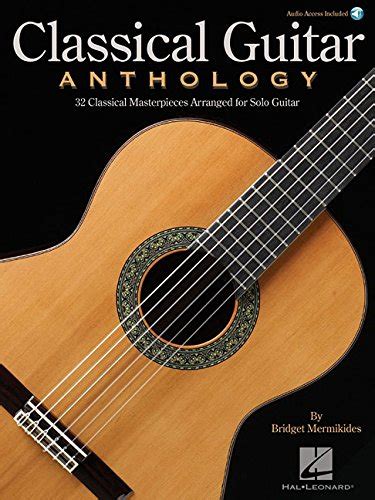 Classical Guitar Anthology Classical Masterpieces Arranged For Solo Guitar
Classical Guitar Anthology Classical Masterpieces Arranged For Solo Guitar
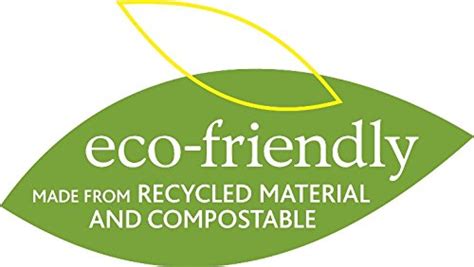 Classic White Round All Occasion Fiber Plates 875 Inch 100 Count
Classic White Round All Occasion Fiber Plates 875 Inch 100 Count
 How The Grinch Stole Christmas Full Color Jacketed Edition Classic Seuss
How The Grinch Stole Christmas Full Color Jacketed Edition Classic Seuss
 Christmas Stories Classic Christmas Stories Christmas Tales Vintage Christm
Christmas Stories Classic Christmas Stories Christmas Tales Vintage Christm














